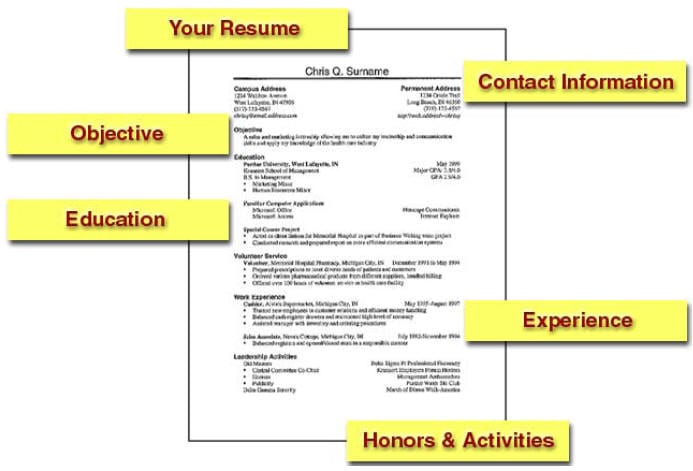Large scale companies receive thousands of resumes everyday that they don’t have time to read all the resumes and file them for future use. Instead, they have conceived an idea in scanning the resumes and filtering them through keywords. Using keywords, they will find their ideal candidate without having to skim through each copy of the resume they receive everyday. That’s where the idea of a scannable resume is born.
A scannable resume is a type of resume that follows a specific format so that it could be scanned and kept for future references and screening.
The difference of a scannable to the traditional resume is basically on its format. There is actually no standard formatting for a scannable resume but after years of collecting information from the different applicants, companies has slimmed down the requirements into being a scannable resume into the following format:
1. Font – the following fonts will make your resume scannable: Times, Courier, Arial, Palatino and other fonts in a serif and sans serif category.
2. Font Size – Somewhere between 11 and 14 is acceptable.
3. Avoid Shading – the fonts that you use should be written in a really simple manner. Do not glitter them in any way or else it will never be read.
4. Simple Formatting – forget about the italics and the bold formatting of your texts. The only formatting that you should be able to do is when you capitalize some of your texts. This should be even limited only to your resume heading. Bullets and lines are also discouraged.
5. Letter size White paper
6. Use high quality printer only – for your resume should be easily scanned, use a very good printer. Dot matrix should never be used. If you want to get hired, prepare only the best for your future employer.
7. Left justify formatting only.
8. When you are handing in your resume, hand it over using a large envelope so that you wouldn’t cramp your paper. Staples are a no-no for scannable resume.
9. More than one page – if you have more than one page, write your name in every page. Since it will be scanned, there is no guarantee that they will be together. Your prospective employer can easily scan for additional pages in case they lose one.
Now that you have basics, the easiest way of optimizing your resume to be scannable is to write your skills in a very simple manner. For example, if you know a little bit about HTML, don’t write “simple web programming”. If a company is looking for a specific skill, they will write it down and get all those who pass the filter.
When you follow these carefully, you’ll end up with a dull looking resume. But take comfort since companies who scan resumes are not looking for the best looking resume and hire them. They need skills from people who will be able to do the task. If you have them and write them in your resume, they will be able to see it and the rest is a job history.


Leave a Reply
You must be logged in to post a comment.